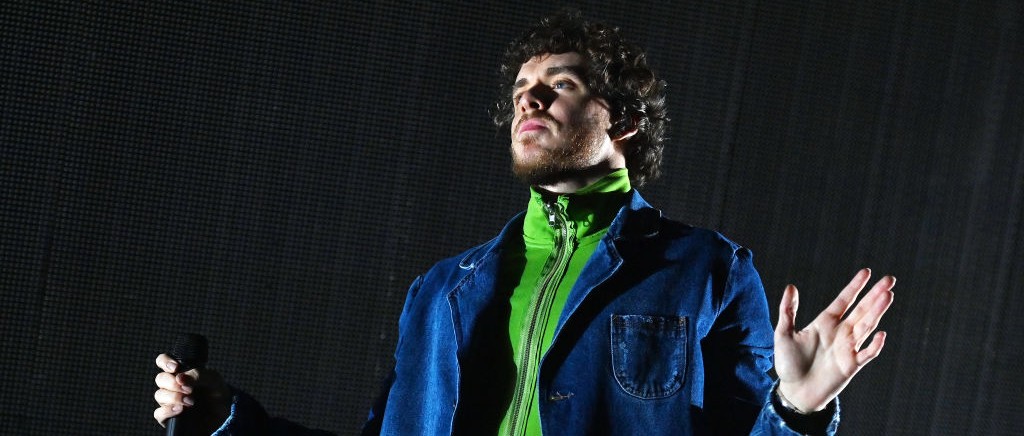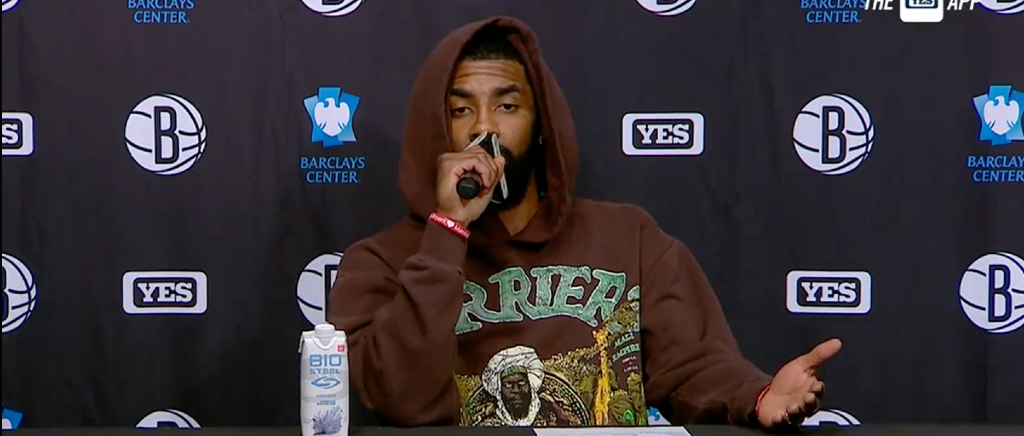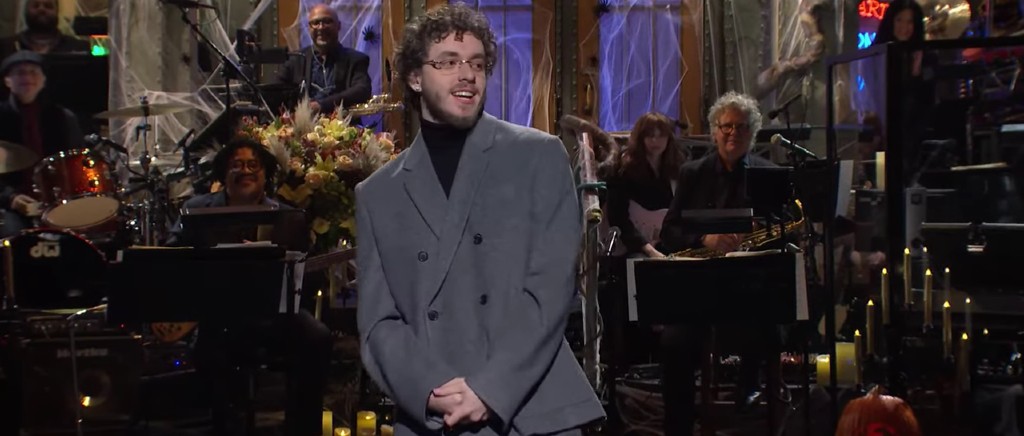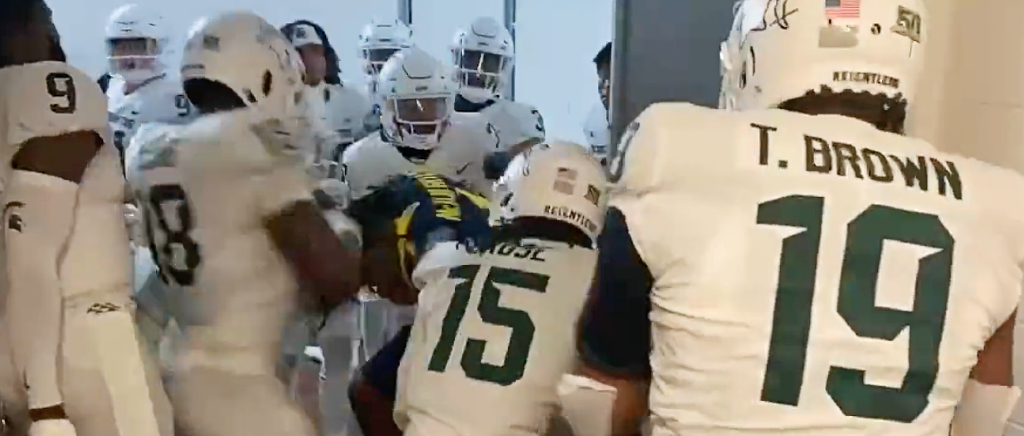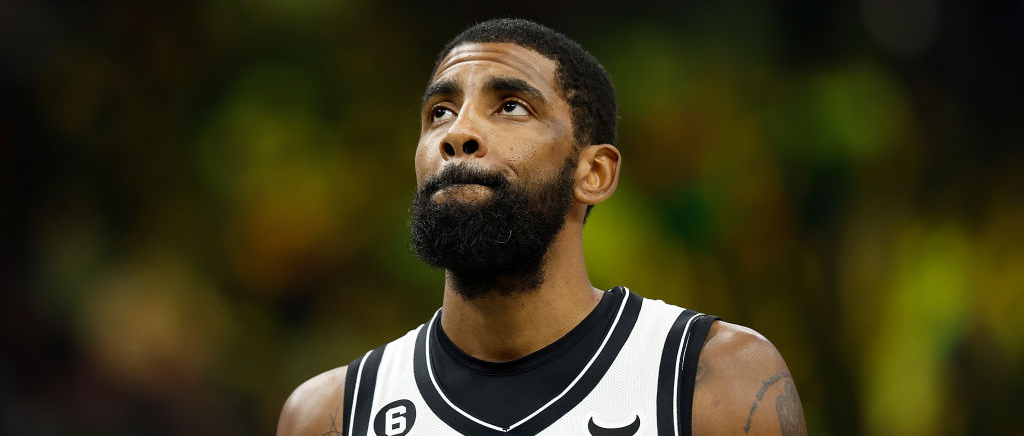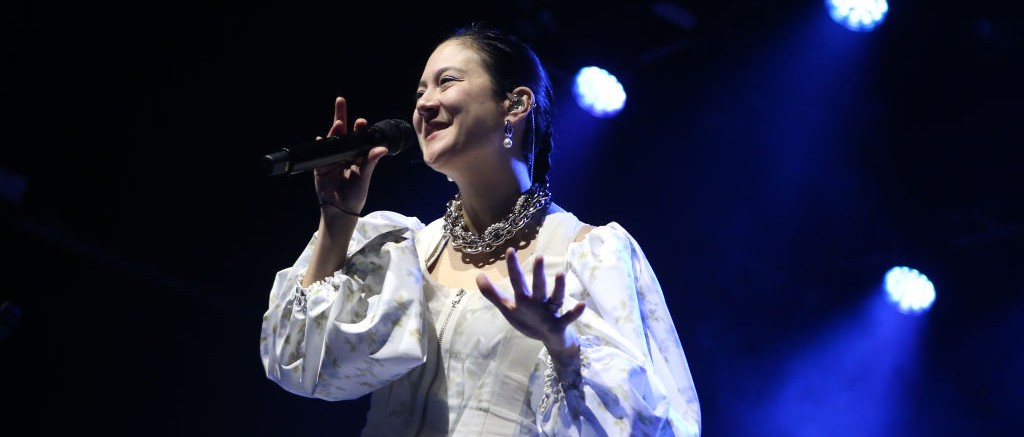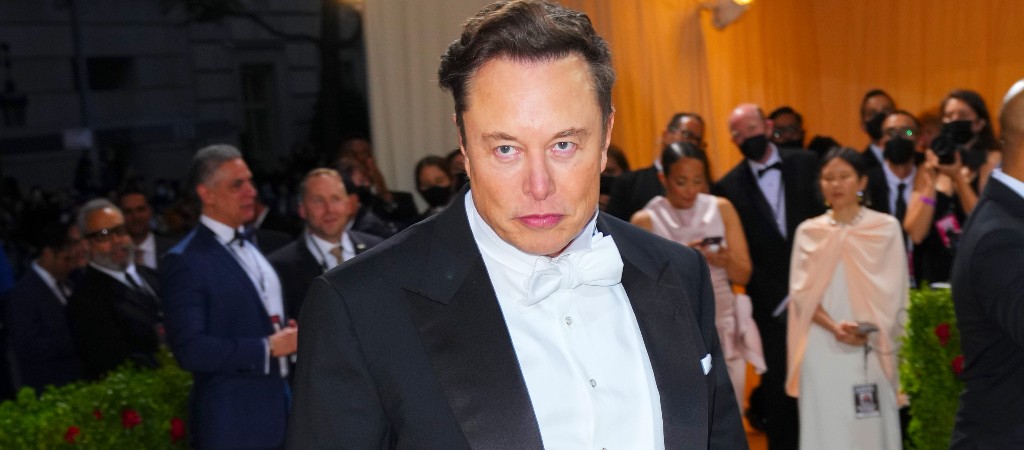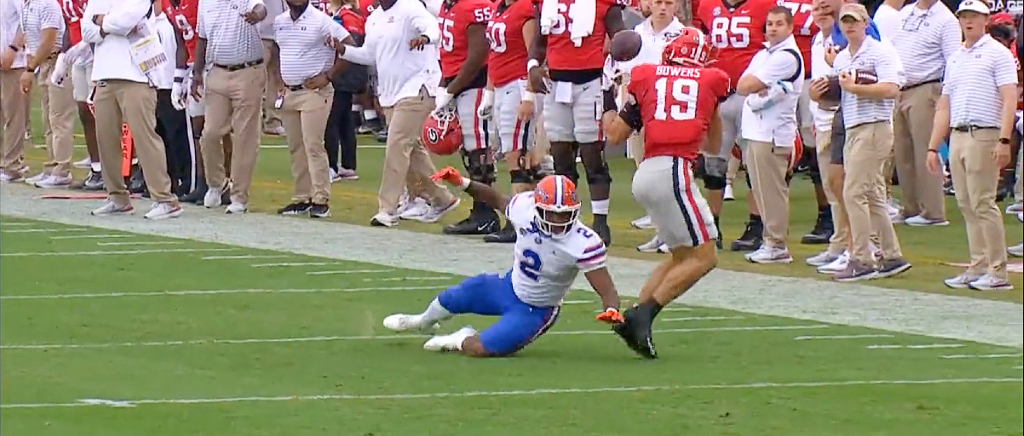In his second performance of the night, Jack Harlow took to the Saturday Night Live stage for a performance of “State Fair” from his album, Come Home, The Kids Miss You.
Wearing a flowing green sweater and matching pants, Harlow shouts out his hometown of Louisville, Kentucky, recalling fond memories of his childhood.
“I wanna go back to Kentucky and shut down the state fair / Visit my old teachers and tell ’em to take care / I might take a whip instead of payin’ the plane fare / I still remember the way there,” he raps on the free-flowing song.
“State Fair” is one of the more personal tracks on Come Home, The Kids Miss You. In a piece for Harper’s Bazaar, Harlow wrote that he wants to use his platform to uplift is home state.
“I would like people to think of me as real and one of one,” Harlow said. “And I’d like for people to know me as someone who gave back and lifted the community he’s from up. I’d like for Kentucky to be different after I leave earth and for people to have a better life because of it.”
Check out the performance of “State Fair” above.
Jack Harlow is a Warner Music artist. Uproxx is an independent subsidiary of Warner Music Group.

